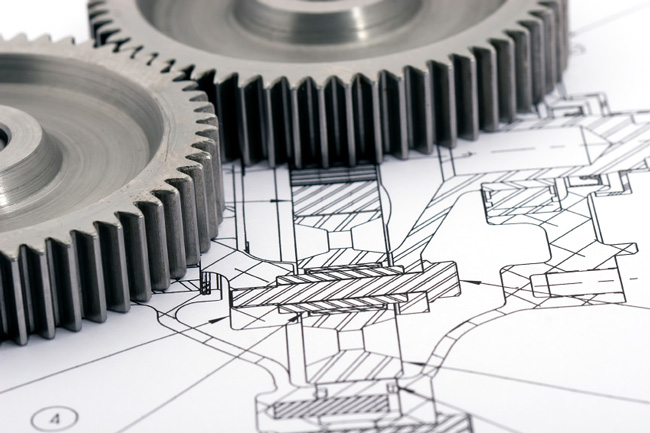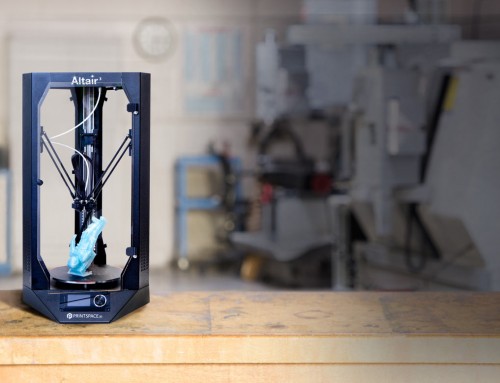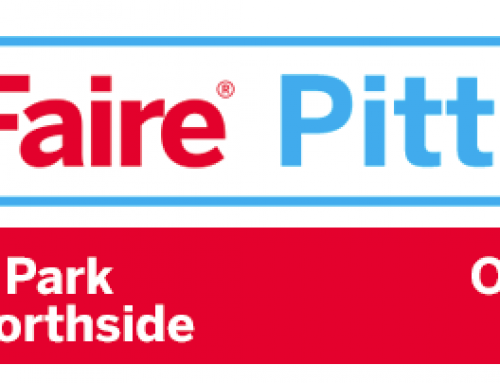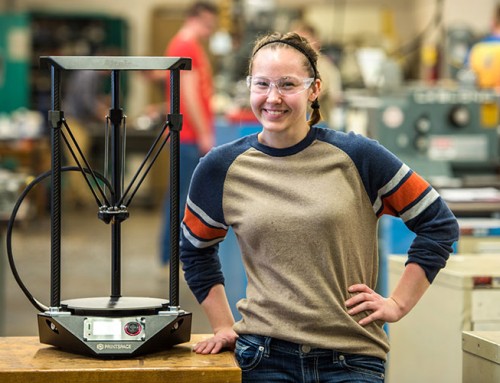The reach of 3D printing technology goes far beyond hobbies or simple startup enterprises. The revolutionary potential of 3D printing in industry promises to provide a creative leap forward with its speed, efficiency and, most importantly, remarkable precision. So which industries stand to benefit most from the technology? Here’s the list of beneficiaries…
Custom-made Organs using 3D printing
Going hand-in-hand with laboratory created organs, 3D printing technology has the potential to mold replacement organs specifically tailored to a patient, able to mimic even the smallest features of human organs. This technology can both create a “skeleton” of an organ (called scaffolding) or use raw cells to constrict the entire organ, called bioprinting. Advances in bioprinting can eventually supersede the need for testing on laboratory animals.
Automotive Design & Construction
In March, a German engineering firm revealed its creation of an entire car frame using 3D printing technology, demonstrating that the leap from concept to prototype to practicality is only matter of technology. The car frame was constructed not of individual components as is common, but as a single, solid structure. This shows not only a logistic shortcut to car manufacture, but a one-piece frame (especially if constructed from carbon polymers) can significantly boost safety.
Aerospace Research & Development
When flying the friendly skies, precision and accuracy mean everything, and the antiquated process of clay modeling, even when coupled with computer design, is still an arduous art and, thanks to 3D printing, will soon be as defunct as typesetting. Even small printers can create exact prototypes for future aviation advances. Going from prototype to practical flight has never been easier either, since larger printers can create entire sections of a craft with uncanny precision.
3D Printing Fast Forwards Fashion
Months or even years pass by between models strutting down runways in the latest fashions to picking them off the rack at retail stores, but with advances in 3D printing, that delay will go from months to days. Designs can be transmitted to local printing facilities or even private printers, lowering both the cost and allowing a more customized fit. If you thought Saville Row offered a tailored fit, imagine what a computer-rendered model can do!
Unlimited Potential in Unlimited Industry
Whether creating microscopically complex parts or massive slabs of constructive material, the advantages of additive manufacturing benefit a complete cross-section of US and worldwide industries. In fact, the changes will be so profound that once they arrive, we’ll wonder how we ever lived without it.





